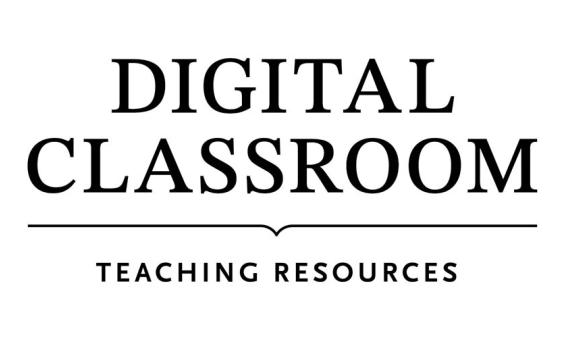Digital Classroom
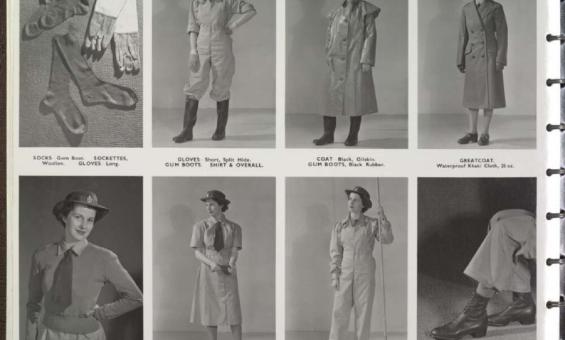
Australia. Department of Supply and Shipping, The uniform dress, Australian Women's Land Army, 1943, nla.gov.au/nla.obj-14120362
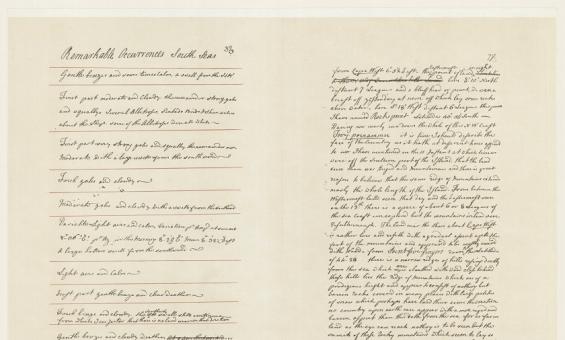
James Cook, Excerpt from Captain James Cook's Journal of the H.M.S. Endeavour, Friday, 23rd March, 1770, nla.gov.au/nla.obj-2354391495
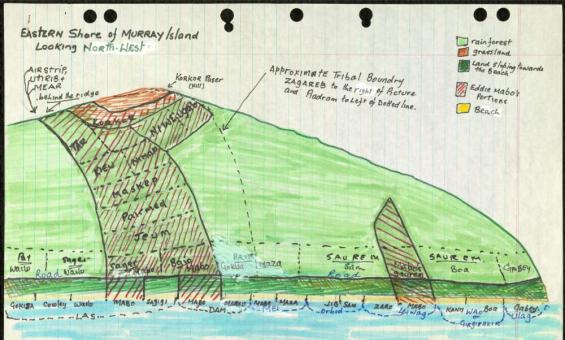
Supreme Court and Australia High Court (1981) Papers of Bryan Keon-Cohen [manuscript]: the Mabo case, 1981-2000, nla.gov.au/nla.obj-224081463

Frank Hurley and Thomas Woolner, Captain Cook's Statue, Hyde Park, Sydney, 1, 1910, nla.gov.au/nla.obj-160162538
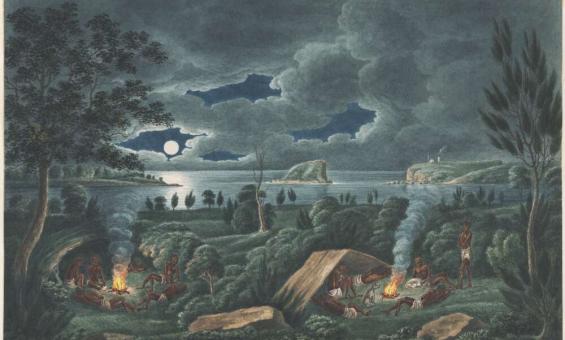
Joseph Lycett & Joseph Lycett, Aborigines resting by camp fire, near the mouth of the Hunter River, Newcastle, New South Wales, 1817, nla.gov.au/nla.obj-138500420
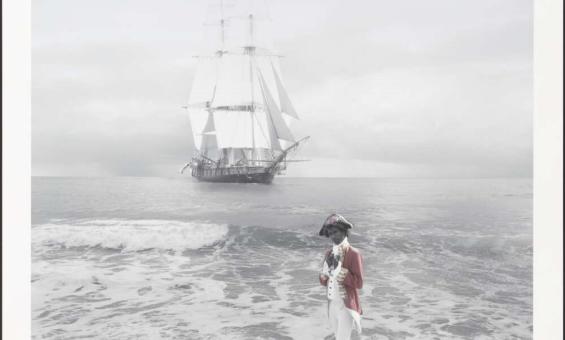
Michael Cook, Undiscovered #4, 2010, nla.gov.au/nla.obj-708299938
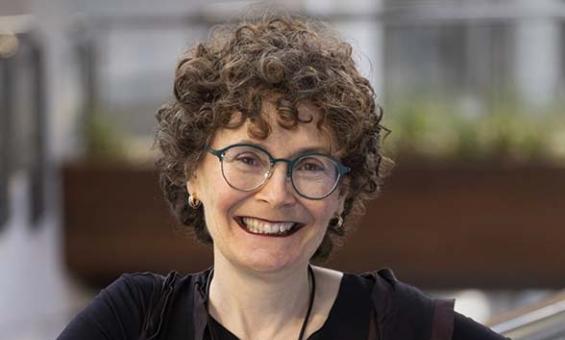
Professor Kim Rubenstein, photo courtesy of Michael Silver
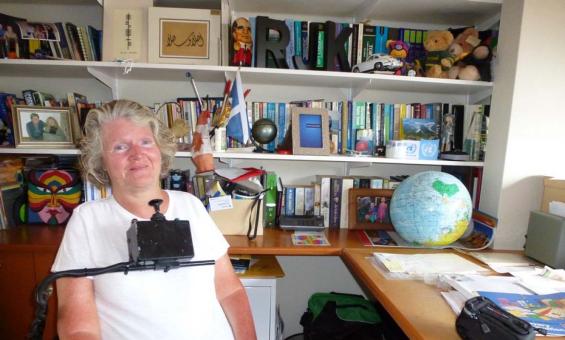
Rosemary Kayess, 2015, photo courtesy of Kim Rubenstein
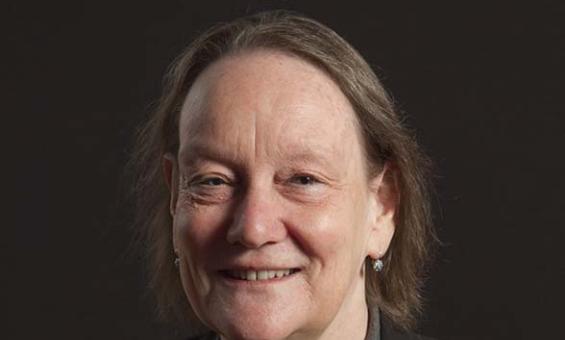
Lannon Harley, Photograph of Jane Connors, 2014
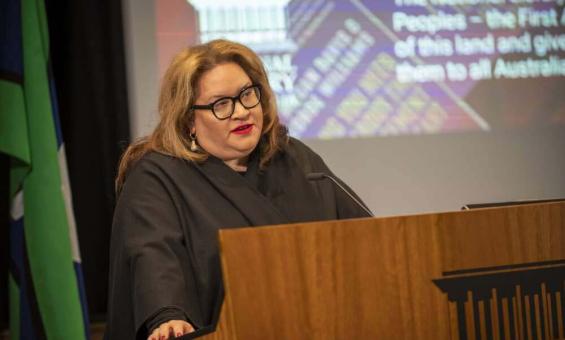
Irene Dowdy & National Library of Australia, Professor Megan Davis, Cobble Cobble woman of the Barunggam Nation, presenting the 2022 Kenneth Myer Lecture, nla.gov.au/nla.obj-3135627148
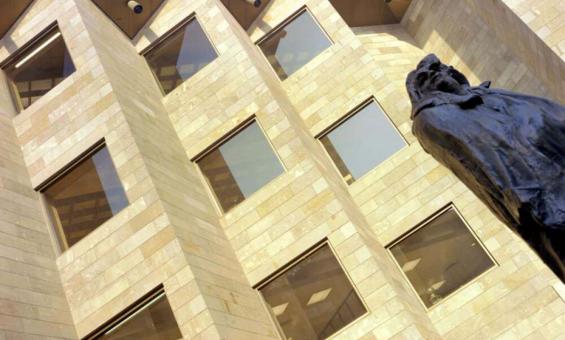
Wolfgang Sievers, National Gallery of Victoria, Melbourne - Forecourt with Rodin's Balzac, 1968, nla.gov.au/nla.obj-160765377
